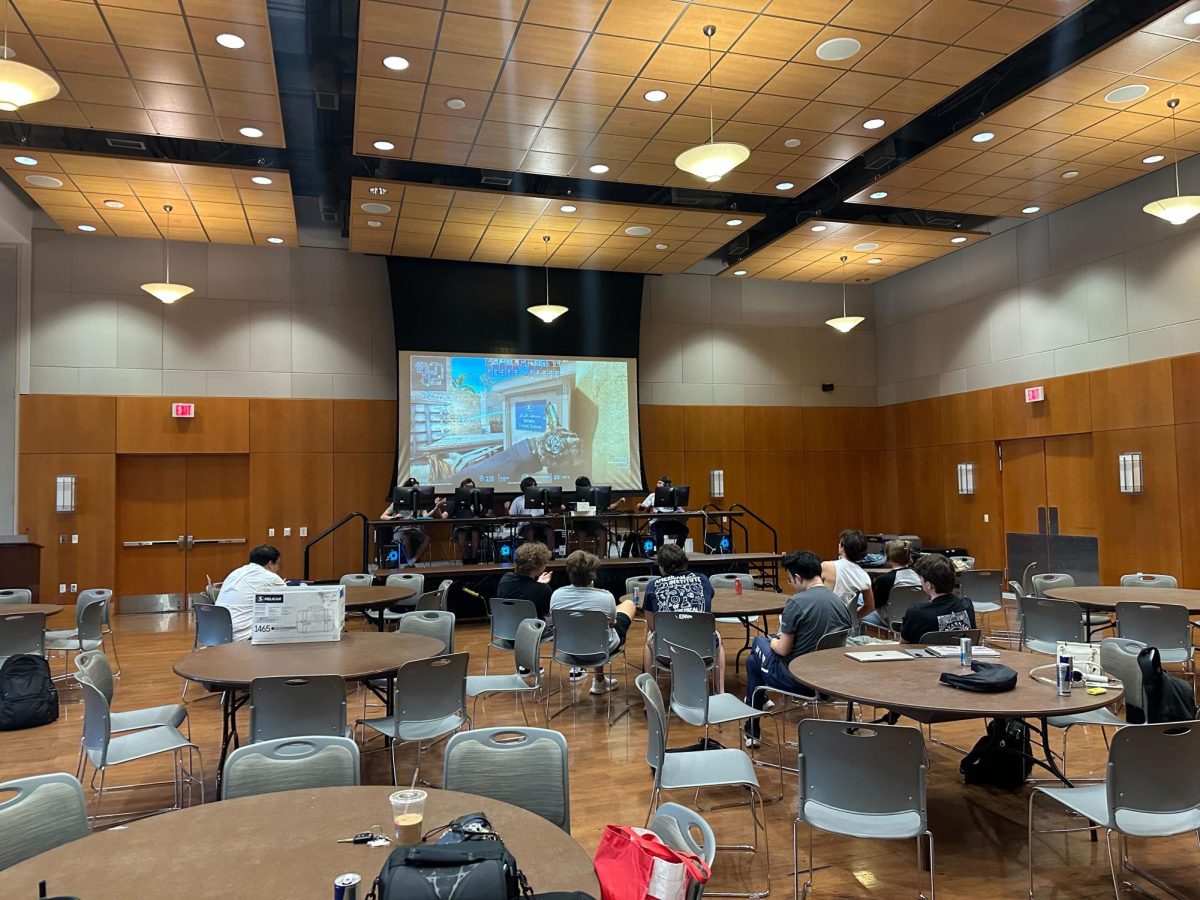Moving “beyond el barrio” means challenging stereotypes and highlighting the social, cultural and political struggles that shaped Latina/o communities in the past and present — ideas the five authors of “Beyond El Barrio: Everyday Life in Latina/o America” convey in their anthology. A symposium and book signing sponsored by UT’s Center for Mexican American Studies, the Department of American Studies and the Department of History honored the book in the San Jacinto Conference Center on Tuesday. “Beyond El Barrio” is a collection of essays analyzing Latina/o representations in the media, popular culture and public policy within and across national affiliations. History and African Diaspora associate professor Frank Guridy said it is important to explore the problems and possibilities of “el barrio” as a framework for understanding Latina/o experiences. “For some ‘el barrio’ signifies ‘ghetto,’” Guridy said. “For others, it means an autonomous Latina/o community with vibrant cultures in the face of American assimilation. We interrogate the notion of ‘el barrio’ as a way to highlight how our understandings of Latina/os remained trapped in many racial, gendered and class-based stereotypes.” Co-editors Guridy and Gina Perez discussed the motivations behind the book and its broader conceptual framework, along with their own personal essays. Guridy said recent debates about Latinos in the U.S. make the anthology relevant. “The book is timely in that it sheds light on larger political questions, such as immigration, that affect U.S. society as a whole,” Guridy said. “Sometimes methodologies don’t capture the lifestyles of the people,” Perez said. “The 2000 census and political and demographic shifts that occurred during that time inspired us to create an interdisciplinary approach to Latin studies.” Three of the contributors — associate professors in the College of Liberal Arts: Deborah Paredez, John McKiernan-Gonzalez and Cary Cordova — summarized their individual essays and how they explored different meanings of “el barrio” in the U.S. McKiernan-Gonzalez focuses on the diverse Latina/o populations in Tampa, Fla., while Cordova delved into the Mission District in San Francisco. Paredez focused her essay on the absent mother figure in Latina representation. She said visibility in the media and popular culture doesn’t always result in power. “Even among Latinos, there was an anxiety of young Latinas and their economic autonomy and mobility,” Paredez said. “This strategically relocates the problem onto the mother, because she prevents the daughter from aspiring.”
Categories:
Book explores Latino depictions
November 17, 2010
More to Discover











